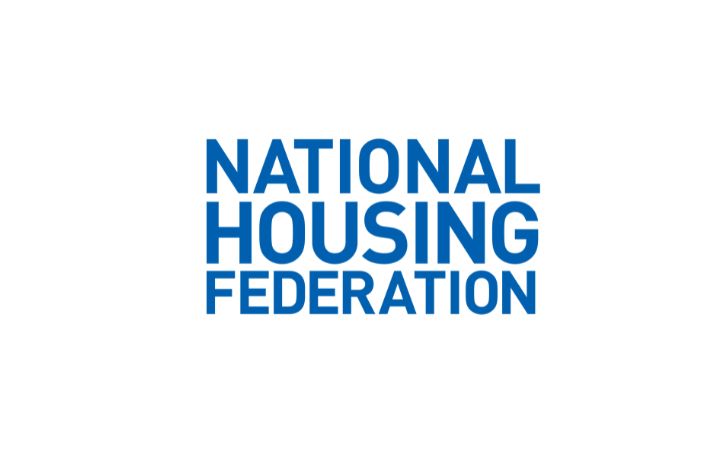Private sales
The largest contributor to housing supply is new homes sales, i.e. housebuilders selling new homes to individual buyers. This reached over 150,000 new homes per year in 2018/19 and 2019/20, with stable housing market conditions and the very substantial support of Help to Buy.
The disruption caused by the pandemic and the wind-down of Help to Buy has reduced this to an average of 140,000 new homes per year over the three years to March 2023. In 2023/4, we think this will be down at circa 115,000 new homes.
This reduction is reflected in housebuilder sales rates. The average among the top eight housebuilders was 0.7 sales per outlet per week during the late 2010s and this is down 20% over the last year at around 0.55 (including an increased proportion of bulk deals).
We see little prospect of sales rates improving substantially in the current housing market, planning and policy environment. From 2024/5 onwards, we expect around 100,000 new homes sales per year. This is broadly in line with the number of unsupported new homes sales that has taken place every year since the mid-2010s, when the development market had recovered from the impact of the GFC.
Housebuilders may be able to deliver more if they could open more outlets and deliver new homes across a greater variety of sites and locations. Several housebuilders have said publicly that their delivery is limited by a shortage of outlets. The lack of small sites is a major factor limiting the size of the SME housebuilder sector (click here to see our report for LPDF on this issue).
But there is no sign that the current planning system is going to deliver the sites needed to support this. The number of homes consented has fallen by 32% over the last three years and the average site size has continued to increase.
.jpg)
.jpg)
